On our way to visit the Spoetzl Brewery in Shiner, Texas, my husband agreed that since that outing was “his thing,” we should make a stop on the way that was something I would especially enjoy. And, yes…he knew that would entail sitting in the car as I roamed an old cemetery somewhere along the route, taking photos. He’s a good sport!
So, with a bit of quick Googling, I found Lavaca County’s Old Moulton Cemetery. It seemed to have a good number of older headstones and offer some exploring opportunities.
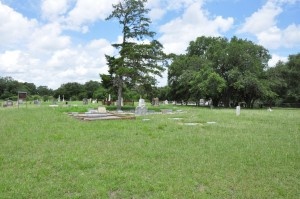
It was in this cemetery that I came across the marker of R.H. and E. J. McGinty – both born toward the first part of the 19th century.
The stone is in remarkably good shape, given that it has been exposed to Texas weather for over 100 years.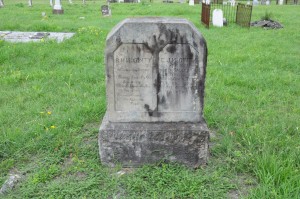
The engraving itself was obviously not done by a seasoned professional. But whoever did carve the marker took great care and engraved the names, information and epitaph to the best of their ability. The extra effort makes it all the more poignant.
So, who was this couple?
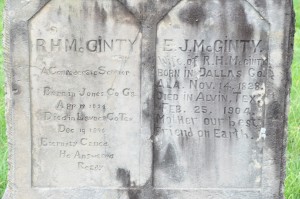 Robert Henry McGinty was born to Shadrach McGinty and Mary “Polly” Lamar McGinty on April 17, 1824 in Jones County, Georgia. Mary’s father James Lamar, according to family stories, was a first cousin to Mirabeau B. Lamar, the second president of the Republic of Texas.
Robert Henry McGinty was born to Shadrach McGinty and Mary “Polly” Lamar McGinty on April 17, 1824 in Jones County, Georgia. Mary’s father James Lamar, according to family stories, was a first cousin to Mirabeau B. Lamar, the second president of the Republic of Texas.
Shortly after 1840, Robert’s family moved to Dallas County, Alabama where he would meet his future wife. Her name was Elizabeth “Eliza” Jane Lucas, who was born in Dallas County on November 14, 1828. They married on Feb. 6, 1844.
By the 1850 census, Robert, his new wife Jane (age 21) and their sons John Henry (age 3, born Dec. 1, 1846) and James Milton (age 1, born Jan. 10, 1849) lived on a farm next to Shadrack’s in Catahoula Parish, Louisiana.
Another family story explains that both were farmers on the Dubois Plantation at the time. Although there is still a Dubois Plantation Road off of Highway 190 in Tammany, Louisiana near the famous River Road District, this is in St. Tammany Parish.
Catahoula Parish is far north of this location, closer to Natchez. But, of course, there is nothing to say that they did not live on plantation grounds, and that the family just misinterpreted the name through the years. Plantation names were not listed on the censuses, but Catahoula Parish had the highest number of slaves in the era, so it makes sense that the area was plantation/farm country.
But I digress…history does that to me.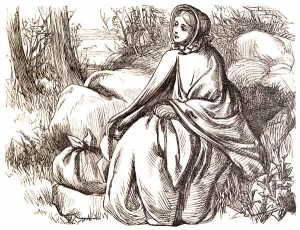
The next handful of years were filled with joy and sorrow: the birth of daughter Mary Jane in 1851; the death of son John Henry in 1853; the birth of daughter Susan E. in 1854; the birth of son Obediah L. in 1857; the birth of son Robert in 1859, and the death of Susan the same year.
Evidently, during that time Robert’s parents Shadrack and Polly moved to El Dorado, Union County, Arkansas to farm. Shadrack disappears from the records soon after that, and is assumed to have passed away.
So to help his mother and leave the heartache of lost children behind, Robert and Jane moved their family to Arkansas, inheriting and farming his father’s land. His mother Polly lived with them and appears in their household on the 1860 census.
 Robert left to serve in the Confederate Army, Company C, Second Battallion of the Arkansas Infantry on September 22, 1861. He was wounded by enemy artillery and sent home in December, probably in time to see the birth of daughter Nancie (Nannie) Aresenith on Dec. 20, 1861.
Robert left to serve in the Confederate Army, Company C, Second Battallion of the Arkansas Infantry on September 22, 1861. He was wounded by enemy artillery and sent home in December, probably in time to see the birth of daughter Nancie (Nannie) Aresenith on Dec. 20, 1861.
In the spring, he returned to the army and served until the end of the Civil War, joining Company I of the 6th Arkansas Regiment while it was stationed in Corinth, Mississippi.
After the war, as was the weight of large families of this era to bear, more children came into and passed from their lives.
The family welcomed another daughter, Sallie Micou, on Dec. 3, 1863, but mourned the death of their son Robert within a few months.
Their last son, Calhoun, arrived the 5th of November, 1866., and their last daughter Georgia was born in Lavaca County on May 5, 1871. (They had moved to Lacava County, Texas in 1870.)
And the losses continued, with Mary Jane (who had recently married) dying in March of 1869, Obe in Sept. of 1886 and little Calhoun just five days later.
Robert Henry joined the five of his ten children that passed before him on Dec. 19, 1896 in Moulton, Lavaca County, Texas. Imagine how sad the holiday season must have been for their family that year.
His epitaph reads, ”Eternity Called, He Answered Ready.”
In 1901 Jane filed for and received a Confederate widow’s pension. This document still exists and is a goldmine of information, confirming the above story.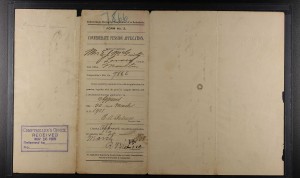
Jane passed away on February 25, 1904 in Alvin, Texas. Her son James Milton lived there, and although she was not listed on the most recent census in the household, perhaps she was visiting him at the time.
She had left five of her children behind, buried in different states. I’m sure she thought of them often.
Her touching epitaph reads, “Mother, our best friend on earth.”
Ironically, James Milton is buried in the Confederate Cemetery in Alvin, where I took some photos in May. I did not seem to get a shot of his marker though, so I guess I’ll have to go back for another visit.
Always looking for an excuse to find more stories.
Robert Henry McGinty (1824-1896) age 72
Elizabeth Jane Lucas McGinty (1828-1904) age 76
Their Children:
John Henry McGinty (1846-1853) age 7
James Milton McGinty (1849-1926) age 77
Mary Jane McGinty Slaughter (1851-1869) age 18
Susan E. McGinty (1854-1859) age 5
Obediah Lamar McGinty (1857-1886) age 29
Robert McGinty (1859- ?)
Nancy Aresenith McGinty Harris (1861-1940) age 79
Sarah Micou McGinty Crouch (1863-1955) age 92
Calhoun McGinty (1866-1875) age 9
Georgia McGinty Murphy (1870-1954) age 84
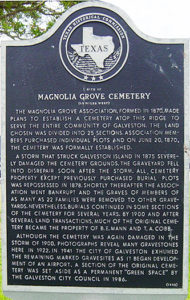 ctorian Era cemetery was the most beautiful burial ground on the island.
ctorian Era cemetery was the most beautiful burial ground on the island.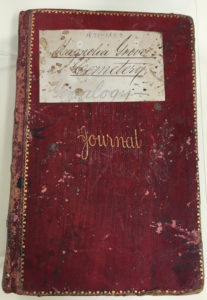 have all of the pieces of information, and many whom I contacted had no knowledge of the lost cemetery at all.
have all of the pieces of information, and many whom I contacted had no knowledge of the lost cemetery at all.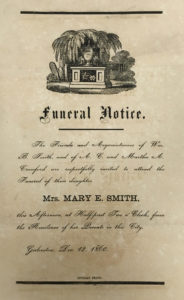 mily, headed by the president of the Magnolia Grove Cemetery Association, was also located in this section.
mily, headed by the president of the Magnolia Grove Cemetery Association, was also located in this section.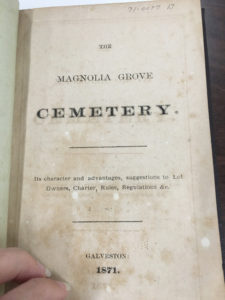 Galveston’s Fireman’s Relief Association purchased a portion of Section B for their members in August 1878.
Galveston’s Fireman’s Relief Association purchased a portion of Section B for their members in August 1878.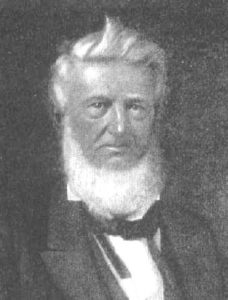 David Burnet (pictured at left) , the first president of Texas, was moved from Magnolia Grove and now rests in the Sherman plot at Lakeview.
David Burnet (pictured at left) , the first president of Texas, was moved from Magnolia Grove and now rests in the Sherman plot at Lakeview.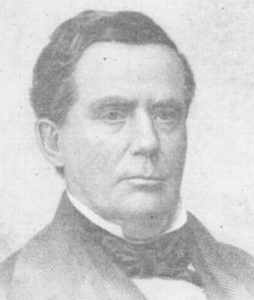 ved from Magnolia to Lakeview Cemetery.
ved from Magnolia to Lakeview Cemetery.
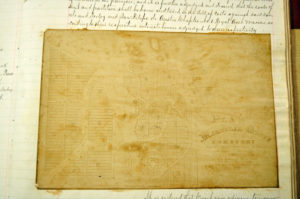



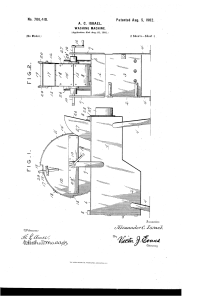 r tearing the same, and the machine is adapted for washing the finest fabrics – lace curtains and the like. The water is kept constantly boiling by the heater and s continuously circulated throughout he revolving drum an brought into contact with the clothes contained therein. The clothes are constantly carried upward and dripped by means of the radially-disposed ribs and are at the same time subjected to the scoring or rubbing action of the rotary washboard.”
r tearing the same, and the machine is adapted for washing the finest fabrics – lace curtains and the like. The water is kept constantly boiling by the heater and s continuously circulated throughout he revolving drum an brought into contact with the clothes contained therein. The clothes are constantly carried upward and dripped by means of the radially-disposed ribs and are at the same time subjected to the scoring or rubbing action of the rotary washboard.”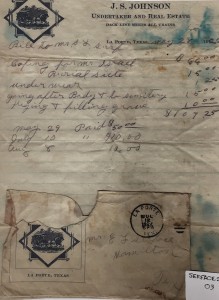 This story has now come full circle, and I got to meet Jan and Eddie in person this week! Eddie even brought me a copy of the undertaker’s bill for Alexander’s funeral. Though the spelling is a bit amusing, once you realize that the funeral cost was quite high for the time it becomes clear that the family probably couldn’t also afford to have his side of the gravestone engraved at the same time.
This story has now come full circle, and I got to meet Jan and Eddie in person this week! Eddie even brought me a copy of the undertaker’s bill for Alexander’s funeral. Though the spelling is a bit amusing, once you realize that the funeral cost was quite high for the time it becomes clear that the family probably couldn’t also afford to have his side of the gravestone engraved at the same time.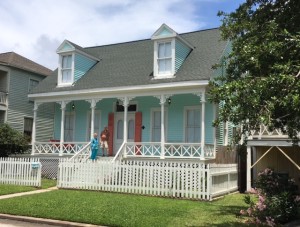
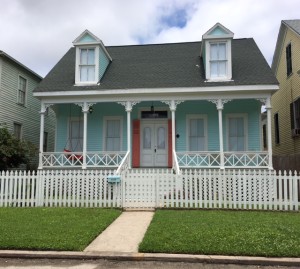
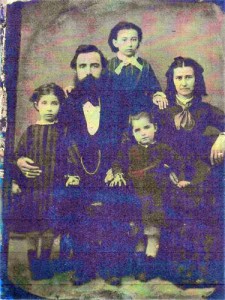

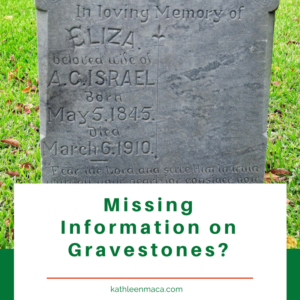
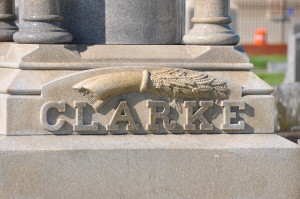
 ng holidays, we are surrounded by symbols of harvest and bounty. One of the most popular symbols of the season’s bounty is a sheaf of wheat, which is why it is often incorporated into decorations.
ng holidays, we are surrounded by symbols of harvest and bounty. One of the most popular symbols of the season’s bounty is a sheaf of wheat, which is why it is often incorporated into decorations.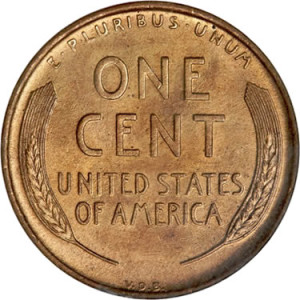 The image is so connected with bounty and prosperity that it was at one time used on United States currency.
The image is so connected with bounty and prosperity that it was at one time used on United States currency.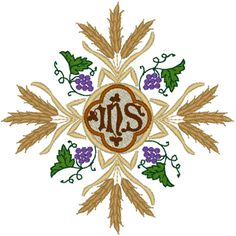 Eucharist, a motif of everlasting life through belief in Jesus. Therefore when wheat is used on gravestones or memento mori, it represents a divine harvest – being cut to resurrect the “harvest” into everlasting life or immortality.
Eucharist, a motif of everlasting life through belief in Jesus. Therefore when wheat is used on gravestones or memento mori, it represents a divine harvest – being cut to resurrect the “harvest” into everlasting life or immortality.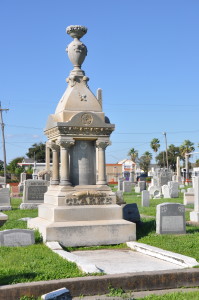 The wheat sheaf can also signify a long and fruitful life, often more than 70 years.
The wheat sheaf can also signify a long and fruitful life, often more than 70 years.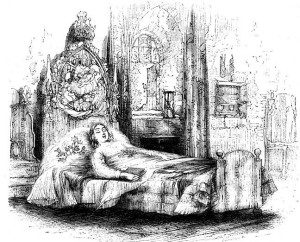 Folklore and customs concerning death and cemeteries can run from humorous to gruesome, and are almost always entertaining. Most of us have heard it’s bad luck to walk across a grave or speak ill of the dead, but if you didn’t know that collecting epitaphs could cause you to lose your memory perhaps you should read on…just in case!
Folklore and customs concerning death and cemeteries can run from humorous to gruesome, and are almost always entertaining. Most of us have heard it’s bad luck to walk across a grave or speak ill of the dead, but if you didn’t know that collecting epitaphs could cause you to lose your memory perhaps you should read on…just in case!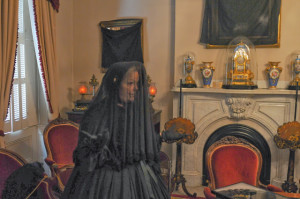
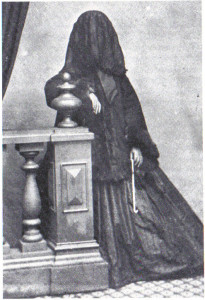
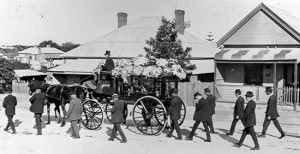
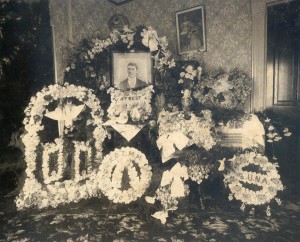
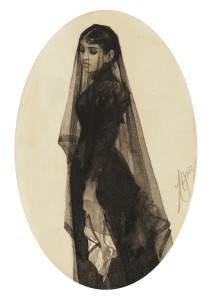
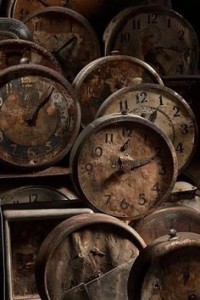

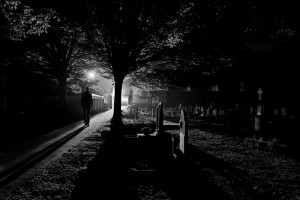


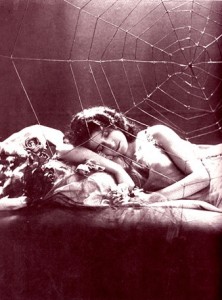
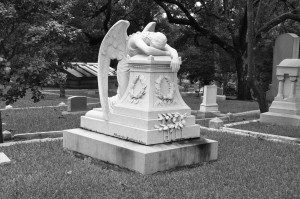
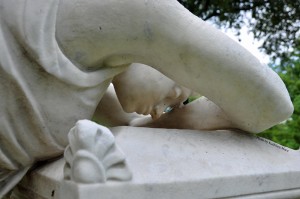 Glenwood’s angel is one of five of these mournful creatures that can be found in Texas.
Glenwood’s angel is one of five of these mournful creatures that can be found in Texas.
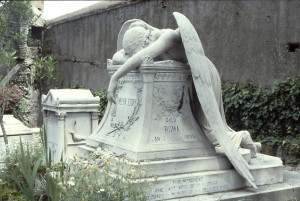 These five Texas angels, as well as others across the world, are based upon the “Angel of Grief,” a 1894 sculpture by William Wetmore Story. It serves as the grave marker of the artist and his wife at the Protestant Cemetery in Rome, Italy.
These five Texas angels, as well as others across the world, are based upon the “Angel of Grief,” a 1894 sculpture by William Wetmore Story. It serves as the grave marker of the artist and his wife at the Protestant Cemetery in Rome, Italy.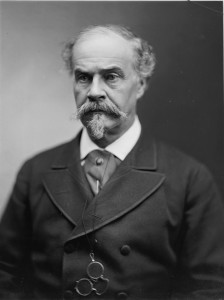
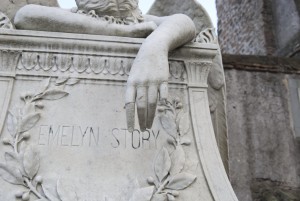
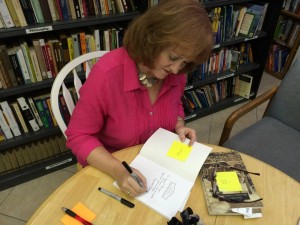
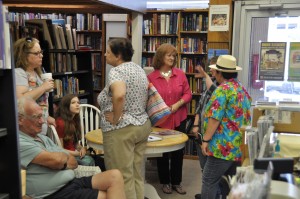
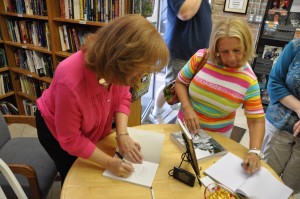
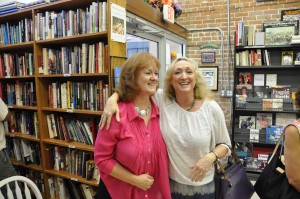
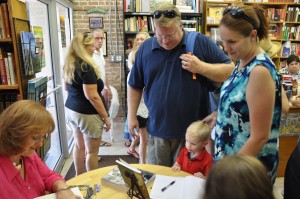
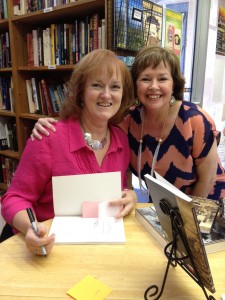

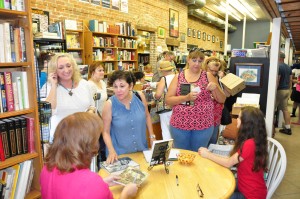
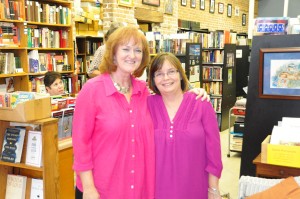
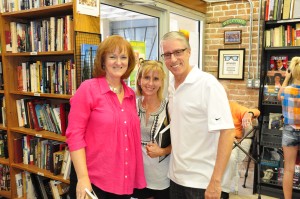
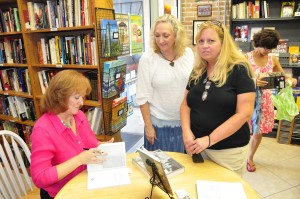
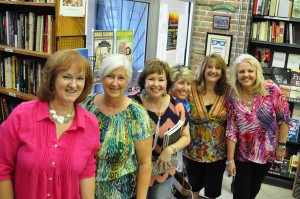


 Robert Henry McGinty was born to Shadrach McGinty and Mary “Polly” Lamar McGinty on April 17, 1824 in Jones County, Georgia. Mary’s father James Lamar, according to family stories, was a first cousin to Mirabeau B. Lamar, the second president of the Republic of Texas.
Robert Henry McGinty was born to Shadrach McGinty and Mary “Polly” Lamar McGinty on April 17, 1824 in Jones County, Georgia. Mary’s father James Lamar, according to family stories, was a first cousin to Mirabeau B. Lamar, the second president of the Republic of Texas.



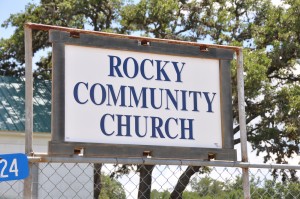 Rocky Community Church Cemetery, sometimes referred to as Rocky Creek Cemetery, in Johnson City, Blanco County, Texas. Unmarked graves make me incredibly sad, but those with only names are sad as well. When did this person live? Where is the family? Not even her first name was included.
Rocky Community Church Cemetery, sometimes referred to as Rocky Creek Cemetery, in Johnson City, Blanco County, Texas. Unmarked graves make me incredibly sad, but those with only names are sad as well. When did this person live? Where is the family? Not even her first name was included.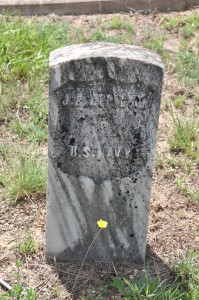 Sarah Jane Null was born On December 23, 1839 in Louisville, Kentucky. In 1859 she married James B. Appleton. James, whose middle initial is sometime listed as “R,” was born in Pennsylvania in 1830.
Sarah Jane Null was born On December 23, 1839 in Louisville, Kentucky. In 1859 she married James B. Appleton. James, whose middle initial is sometime listed as “R,” was born in Pennsylvania in 1830.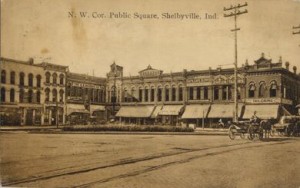
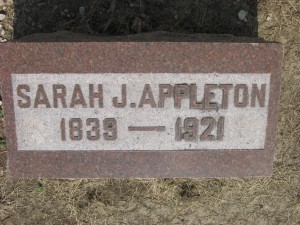
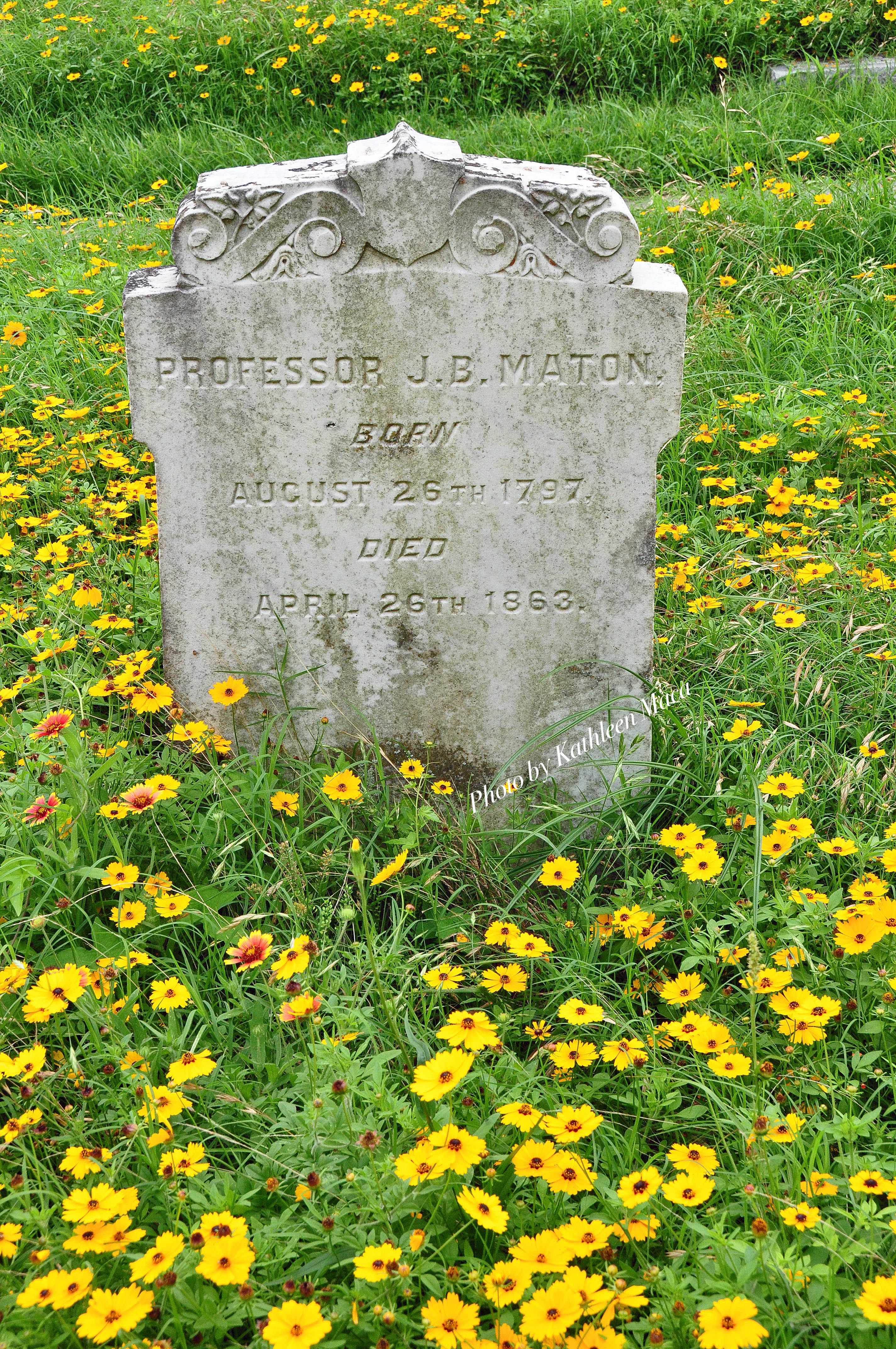
 May is my favorite time to take photos there, because the city allows the coreopsis of spring to overtake the cemetery for the month. No one can resist veering off the main avenue to enjoy a closer look
May is my favorite time to take photos there, because the city allows the coreopsis of spring to overtake the cemetery for the month. No one can resist veering off the main avenue to enjoy a closer look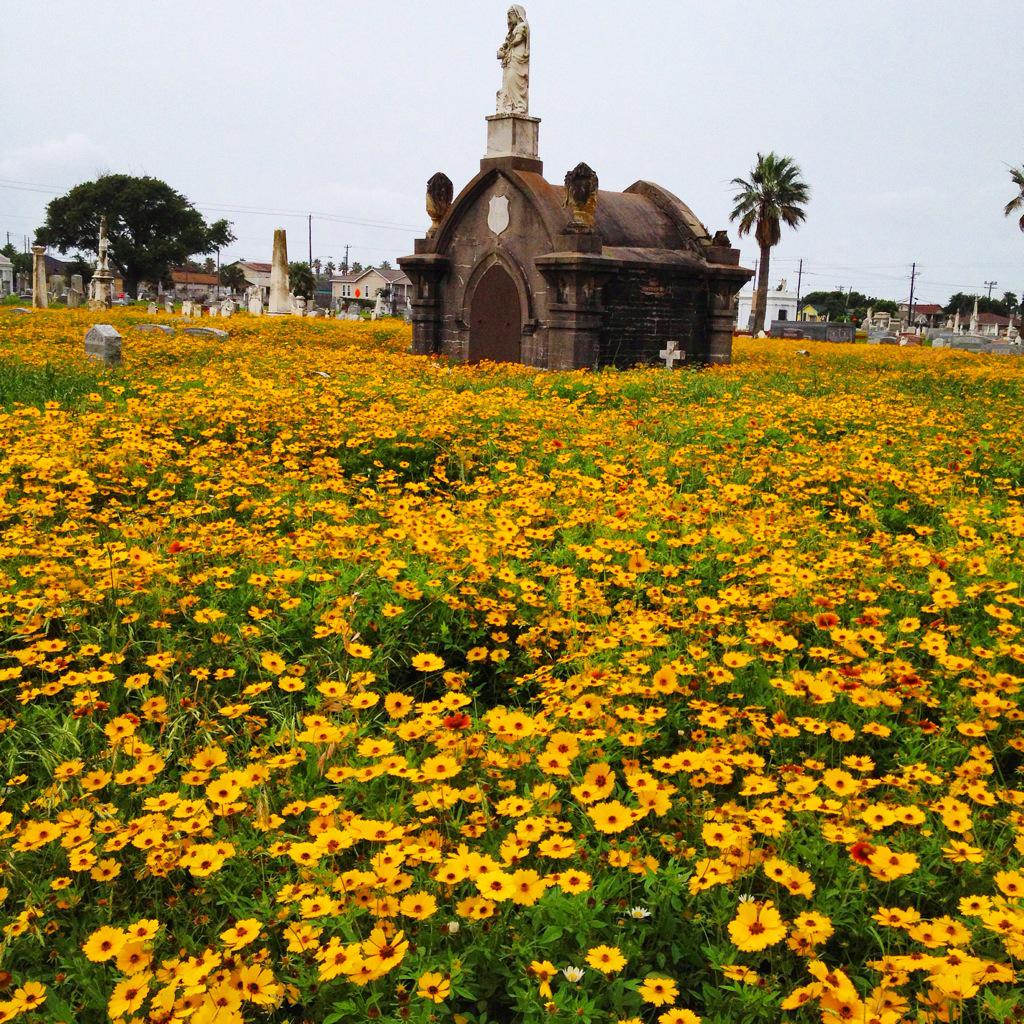
 The professor conducted the academy from his house on Twenty-fourth street, one door south of Church Street opposite the Tremont garden. It contained two classrooms “besides every other convenience for an institute as also a large garden with fine shrubbery and a good cistern.”
The professor conducted the academy from his house on Twenty-fourth street, one door south of Church Street opposite the Tremont garden. It contained two classrooms “besides every other convenience for an institute as also a large garden with fine shrubbery and a good cistern.”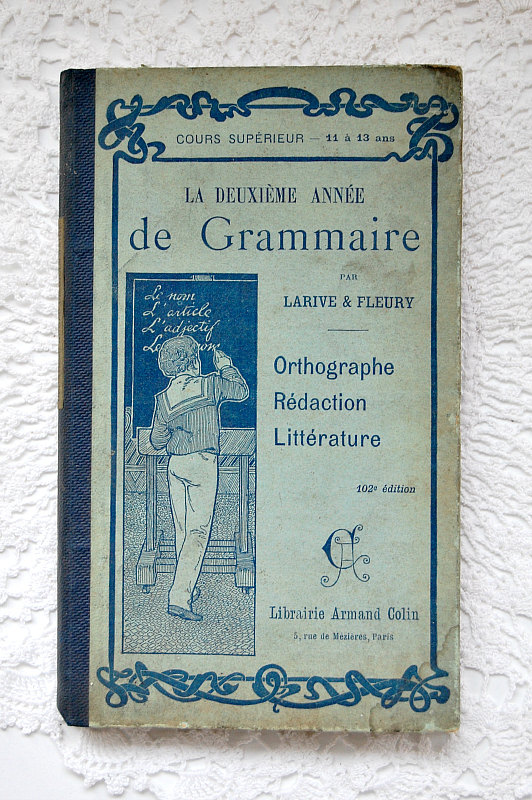 urs were from nine in the morning until four in the afternoon. Subjects included English, French and German languages, history, geography, astronomy, and arithmetic, each taught in “an agreeable style.”
urs were from nine in the morning until four in the afternoon. Subjects included English, French and German languages, history, geography, astronomy, and arithmetic, each taught in “an agreeable style.”